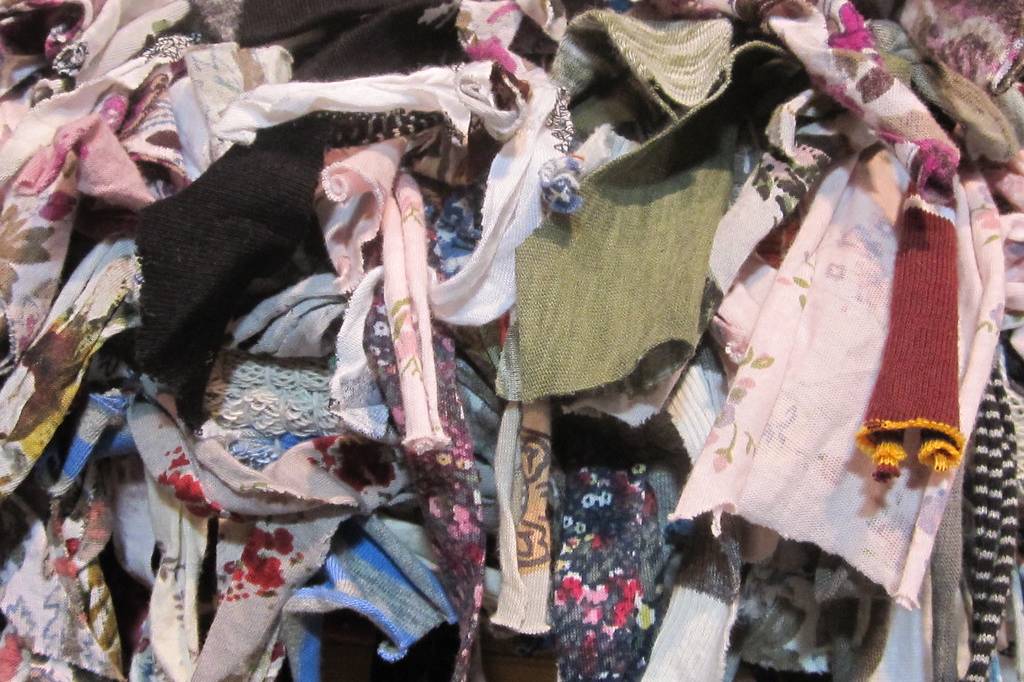The Most Intriguing Queen And The Most Intriguing Era?
From 1558 to 1603, Elizabeth I wielded the scepter over England and Ireland. After many years of conflict, her reign was one of relative peace. A determined redhead like her father, she often referred to herself as the “Lion’s Cub”.

The Controversial Daughter Of A Controversial King
Elizabeth was the daughter of King Henry VIII and his second wife Anne Boleyn. You may recall that Anne was the queen who was executed when her hubby’s wandering eye landed on Lady Jane Seymour.
How did Elizabeth I, who was considered illegitimate, end up as queen?
 George Gower, Wikimedia Commons
George Gower, Wikimedia Commons
All The Death That Got Her There
When Henry VIII died in 1547, Elizabeth I was third in line for the throne. Edward, first in line, ruled until his life ended at age 15 in 1553. Next was Elizabeth’s half-sister, Mary, who they believe suffered from ovarian cancer. Then the throne belonged to Elizabeth I.
 William Scrots, Wikimedia Commons
William Scrots, Wikimedia Commons
The People Mostly Liked Her
Having a female in charge of the country was new for England and Ireland. Despite being a woman, the people mostly admired and respected their Queen. She was a powerful leader with a “sharp tongue”.
 English School, Wikimedia Commons
English School, Wikimedia Commons
The Elizabethan Era Begins
When you think of Elizabethan England, what do you envision? Do you think of Helen Mirren in the miniseries Elizabeth I? Yes, the one where she’s sporting enough pearls to extinct the oceans of marine oysters?
 Crispijn van de Passe the Elder, CC0, Wikimedia Commons
Crispijn van de Passe the Elder, CC0, Wikimedia Commons
I’m The King Of The Castle And You’re The…
Maybe you’re envisioning castles, eel-filled moats and stunning gardens filled with plate-sized roses. Or maybe now you’re just thinking of dirty rascals.There were a few of those, too.
 After Levina Teerlinc, Wikimedia Commons
After Levina Teerlinc, Wikimedia Commons
Roses Are Red
Speaking of roses: Perhaps poetry comes to mind.
The Elizabethan Era in England was known as a time of Renaissance when many poets and writers penned sonnets.
 University of Glasgow Library, Flickr
University of Glasgow Library, Flickr
Writers Galore
You may have heard of writers Ben Jonson, Christopher Marlowe, Thomas Kyd, Edmund Spenser or, perhaps, William Shakespeare.
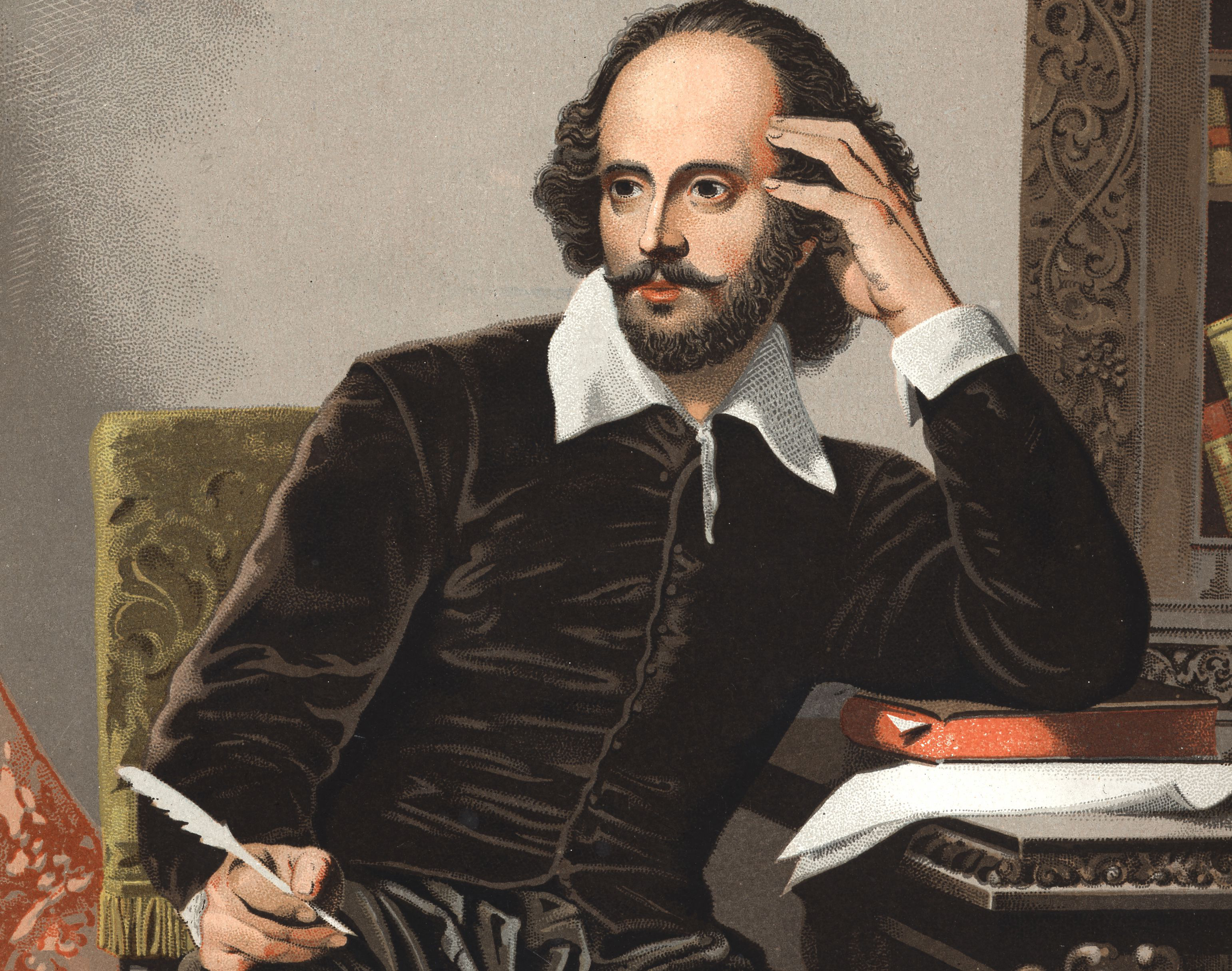 BatyrAshirbayev98, CC BY-SA 4.0, Wikimedia Commons
BatyrAshirbayev98, CC BY-SA 4.0, Wikimedia Commons
The Shakespeare Dude
I’m sure you may know a little something about England’s most famous playwright, William Shakespeare. He’s believed to have written 38 plays. With the Queen's patronage of the arts, the Elizabethan Era was the perfect time for him and his work to flourish.
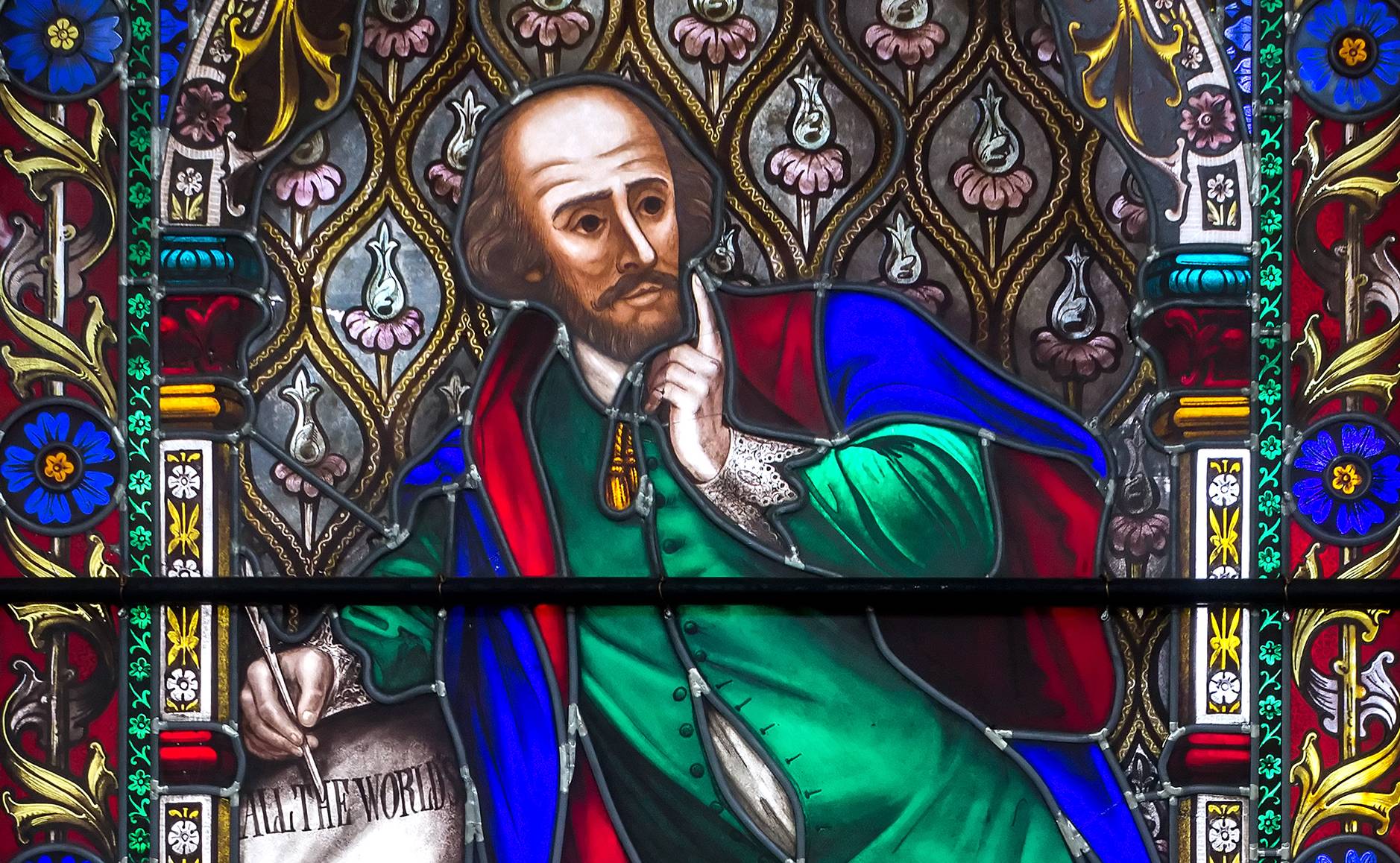 Crisco 1492, CC BY-SA 4.0, Wikimedia Commons
Crisco 1492, CC BY-SA 4.0, Wikimedia Commons
Theater Was A Big, Big Deal
Elizabethan England is known as “the great age of theater”.
Playhouses in those days were like today’s pop-up shops. They were showing up everywhere! The city of Shoreditch, however, boasted the first permanent playhouse in England.
 Unknown author, Wikimedia Commons
Unknown author, Wikimedia Commons
They Built The Theater—Literally
With a hefty investment from his brother-in-law, James Burbage built the first non-temporary playhouse structure in 1576. He christened it "The Theater"—and he also acted on its stage.
 Amy Richard, CC0, Wikimedia Commons
Amy Richard, CC0, Wikimedia Commons
Even The Poor Could Go
Imagine getting to watch a theatrical production for only a penny. You could if you were willing to stand and watch. If you had money, you paid for a seat with a cushion.
In Elizabethan England, theater was accessible to anyone and everyone. It was the Renaissance, after all.
Wait, What Exactly Does Renaissance Mean?
Renaissance means revival. Linguistically it comes from the French word "naissance," which means birth.
It was a time of rebirth. Revival. Renewal.
![]() Yale Center for British Art, Rawpixel
Yale Center for British Art, Rawpixel
Calm As A Cucumber Era
The Elizabethan era was a relatively peaceful time in the history of England. The Wars of Roses had torn up the country for decades, but they finally ended in 1487.
Different families, specifically the House of York and the House of Lancaster, sought control of the crown for until finally a dark horse, Henry VII and his lineage, the House of Tudor, took control.
Henry VII would later have a granddaughter...named Elizabeth.
 James William Edmund Doyle, Wikimedia Commons
James William Edmund Doyle, Wikimedia Commons
The Next War Began 40 Years Later
In 1527, Elizabeth's father Henry VIII wanted to annul a marriage, and the peace the kingdom enjoyed under his father ended. This period was known as The Reformation and involved massive conflict between the Catholics and the Protestants.
 Royaltynow, CC0, Wikimedia Commons
Royaltynow, CC0, Wikimedia Commons
A Period Of Peace
After the Wars of Roses and the Reformation—and before the English Civil War that began in 1642 and lasted nine years—very little strife took place.
With Elizabeth I at the helm, England mostly kept its nose out of international quarrels.
 Eichens, Fredrich Eduard, Wikimedia Commons
Eichens, Fredrich Eduard, Wikimedia Commons
Downtime Deeds
While internal and external conflict was avoided, the country focused its efforts on building an impressive and commanding navy. Under Elizabeth I’s reign the British navy expanded to over 40 ships. And they were going to need every one.
 Anthony Anthony, Wikimedia Commons
Anthony Anthony, Wikimedia Commons
Second Only To The Spaniards
Thirty-four is a spectacular number of ships. It paled in comparison, however, to the Spanish Armada’s 132 ships. Every one of England’s vessels was smaller than Spain’s biggest ship.
 Royal Museums Greenwich, Wikimedia Commons
Royal Museums Greenwich, Wikimedia Commons
Second And Yet…
Despite the enormous size of the Spanish convoy, Elizabeth I earned worldwide recognition when she defeated them.
How Did She Do It?
In 1588, the British navy packed eight ships full of flammable material, set them on fire and sent them in the direction of the Spanish Armada. Confused and having sliced their anchor cables, Spanish ships drifted and crashed into one another. Disaster ensued.
 National Maritime Museum, Wikimedia Commons
National Maritime Museum, Wikimedia Commons
Make Love Not War
Despite the naval victory, though, Elizabethan England wasn’t terribly concerned with matters of defence. Instead, they focused on music, literature and architecture. The Elizabethan Era was known as The Golden Age.
![]() Yale Center for British Art, Rawpixel
Yale Center for British Art, Rawpixel
Why The Golden Age?
What would make life seem “golden”? Elizabeth I’s subjects adored the fact that skirmishes were on the back burner while the arts were forefront. They were also excited by the “discovery” of new worlds.
 Marcus Gheeraerts the Elder, Wikimedia Commons
Marcus Gheeraerts the Elder, Wikimedia Commons
England’s Overseas Empire Had Begun
England’s eyes were set on North America. Before Elizabeth I came to power, Britain was behind many other countries in terms of exploring and colonizing.
She set some new goals in motion which led to the eventual settlement of Jamestown, Virginia, in 1607. British colonialism would not stop there.
Were The Times Really Golden?
This probably depends on your opinion. Do you mind a monarch who controls the media? Or what about using rags for toilet paper and peeing in the streets? What do you think of raucous laughing, excessive drinking, and archery?
Media Control
Much like a 2024 Influencer, Elizabeth I’s image was very prudently crafted and controlled. She wanted the world to see her in a certain way.
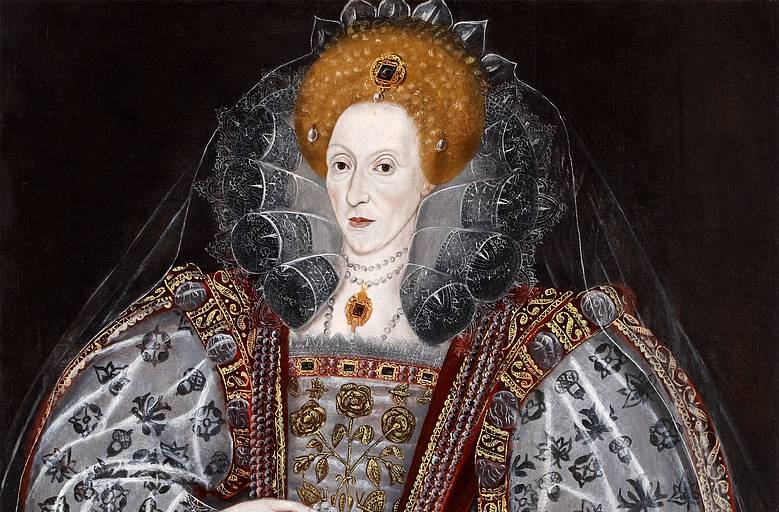 Love's Labour's Found - Philip Mould & Co. Image, Picryl
Love's Labour's Found - Philip Mould & Co. Image, Picryl
Snoopy Summer Scenes
Summertime for the Queen meant travels throughout and around her kingdom. This permitted her subjects to see her. It also meant she could snoop on what her nobles were doing.
 Robert Peake the elder, Wikimedia Commons
Robert Peake the elder, Wikimedia Commons
Nothing Left To Chance
Upon her return to court in London’s Whitehall, her summer ventures were carefully recorded and distributed. These Elizabethan tabloids were very popular. Nothing was left to chance.
 A.D.Hope, CC BY-SA 4.0, Wikimedia Commons
A.D.Hope, CC BY-SA 4.0, Wikimedia Commons
Elizabeth I’s Media Image
It wasn’t only her travels that were meticulously formed. Any image allowed into the public was meant to exhibit “a beautiful, ageless queen”.
Why The Pale Face?
Elizabeth I was vain. She didn’t want the world to see her facial smallpox scars. To hide what she saw as flaws, she covered her face with heavy white paint called Venetian Ceruse. This mixture was extremely poisonous, and some historians believe it led to her demise.
Or it could have been her teeth that rotted black. But, she was so popular, fashionable people in England began dyeing their own teeth black to imitate her.
 Workshop of Nicholas Hilliard, Wikimedia Commons
Workshop of Nicholas Hilliard, Wikimedia Commons
Back To Rags For TP
Would you consider it to be a Golden Age if you had to use cloth rags to wipe your butt?
Would You Miss Your Sewage System?
There was no public sewage system in Elizabethan England.
In the Golden Age, poor folks used chamber pots. Or the street.
 Salifu Wumpini Hussein, CC BY-SA 4.0, Wikimedia Commons
Salifu Wumpini Hussein, CC BY-SA 4.0, Wikimedia Commons
Where Did You Pee If You Were Rich?
If you had money, you didn’t have to empty your bowels into a wood, metal, or porcelain bowl. Instead, you had the luxury of using a “closed stool”. This was a padded box with a hole on which you sat.
Elizabeth’s Godson Invented Something Pretty Cool
Speaking of latrines. In 1596, Elizabeth’s first godson, Sir John Harington, invented the first flushing water closet. Also known as a toilet. Pretty cool, right?
 Circle of Hieronimo Custodis, Wikimedia Commons
Circle of Hieronimo Custodis, Wikimedia Commons
The Golden Age Of Drinking And Gambling
Do you hanker betting on animal fights and drinking lots and lots of malted barley ale? You might have fit right into Elizabethan times! That goes for bowling, wrestling, juggling, and blood sports as well.
 Pieter Brueghel the Younger, Wikimedia Commons
Pieter Brueghel the Younger, Wikimedia Commons
If Archery Is Your Thing
If archery is one of those pastimes that floats your boat, then you may dream of having lived during the Golden Age. According to the law, every male between 17 and 60 was required to have, and take care of, a bow.
 Metropolitan Museum of Art, CC0, Wikipedia Commons
Metropolitan Museum of Art, CC0, Wikipedia Commons
Maybe Golden, Maybe Not
It’s up to you to decide whether 1558–1603 were times of great comfort and calm. Or whether they seem a little too grimy and violent. Historically, the period is considered to be a favorable and fortunate one.
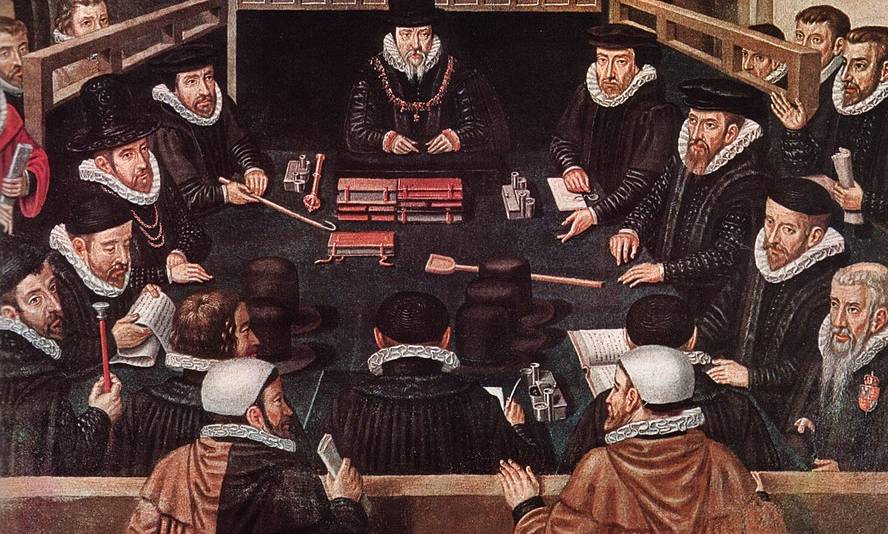 Unknown Author, Wikimedia Commons
Unknown Author, Wikimedia Commons
The End Of The Era
In 1603 Elizabeth I breathed her last. She was 69 years. At this stage England was thought to be one of the mightiest nations on earth.
Still One Of The GOATS
It’s been over 400 years since Elizabeth I was in power. She’s still considered by many to be one of the best rulers in the history of England.
 Marcus Gheeraerts the Younger, Wikimedia Commons
Marcus Gheeraerts the Younger, Wikimedia Commons







